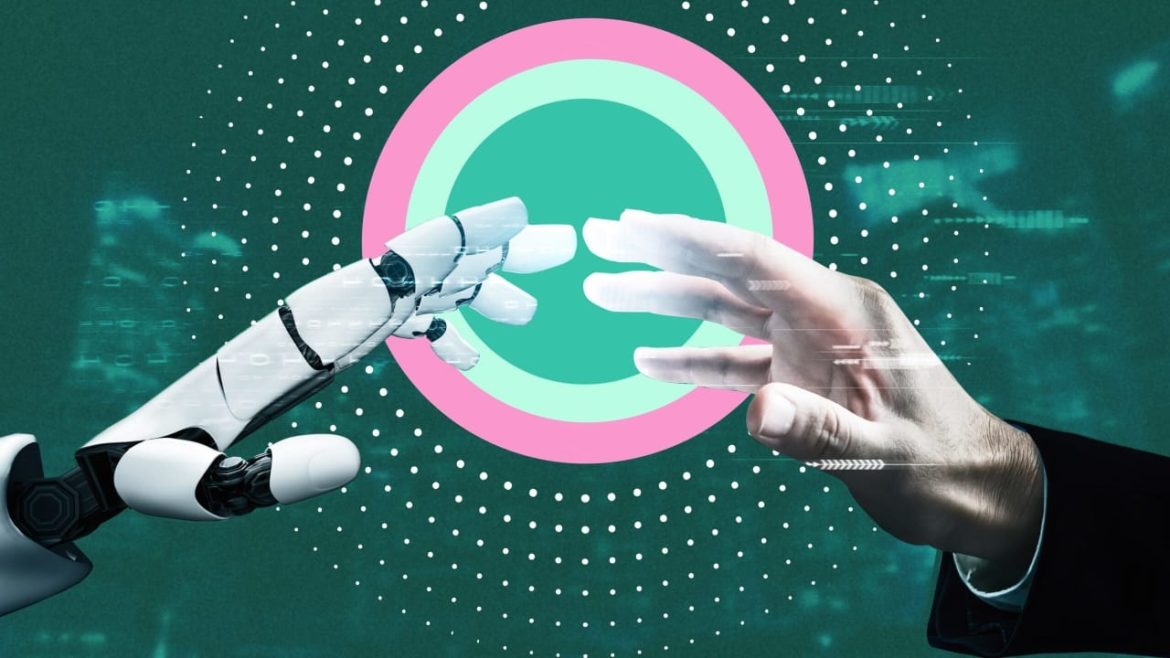Language is one of the most significant barriers that separate us in our increasingly interconnected world. However, with the rapid advancements in Natural Language Processing (NLP), powered by Artificial Intelligence (AI), we are witnessing a transformative shift in our ability to bridge these language barriers. In this article, we will delve into the fascinating world of NLP and explore how it is reshaping communication, information access, and problem-solving on a global scale.
Understanding Natural Language Processing
The Essence of NLP
Natural Language Processing, or NLP, is a subfield of AI that focuses on the interaction between computers and human language. It seeks to enable machines to understand, interpret, and generate human language in a way that is both meaningful and contextually relevant. NLP systems are designed to process and analyze vast amounts of textual or spoken data, making them invaluable tools for extracting insights from unstructured information.
Components of NLP
NLP encompasses a wide range of tasks and components, including:
- Text Analysis: NLP can analyze large volumes of text data to extract information, sentiment, and entities (such as names, dates, and locations).
- Speech Recognition: It enables computers to convert spoken language into written text, facilitating voice commands and transcription services.
- Machine Translation: NLP-driven machine translation tools can instantly translate text from one language to another, breaking down language barriers.
Breaking Language Barriers
Multilingual Communication
One of the most apparent impacts of NLP is its ability to facilitate multilingual communication. Translation services like Google Translate and deep learning models such as Transformer-based architectures have made it easier than ever to communicate with people from different linguistic backgrounds. These models can handle complex language structures and nuances, making translations more accurate and natural.
Language Learning and Accessibility
NLP-powered language learning applications have democratized language education. These applications use AI to personalize language learning experiences, adapting to the learner’s proficiency level and providing real-time feedback. Additionally, NLP tools have improved accessibility for individuals with disabilities by enabling text-to-speech and speech-to-text conversions.
Beyond Translation: Practical Applications
Healthcare
NLP has revolutionized healthcare by enabling the analysis of electronic health records, clinical notes, and medical literature. It can identify patterns, extract valuable insights, and assist in diagnosing diseases. NLP-powered chatbots also offer virtual health assistants, answering medical queries and providing healthcare information.
Customer Support
Chatbots and virtual assistants driven by NLP are enhancing customer support experiences. They can provide immediate responses to customer inquiries, resolve common issues, and offer personalized recommendations, improving customer satisfaction and operational efficiency.
Information Retrieval
Search engines are utilizing NLP to deliver more relevant search results. NLP models can understand the context of a user’s query and provide more accurate answers, making information retrieval more efficient and user-friendly.
Sentiment Analysis
NLP’s ability to analyze text sentiment is invaluable for businesses. It allows companies to gauge customer sentiment from reviews and social media, helping them make informed decisions, improve products, and enhance customer experiences.
Challenges and Ethical Considerations
Bias and Fairness
NLP models can inherit biases present in the training data, leading to biased outcomes or reinforcing stereotypes. Ensuring fairness in NLP models and addressing bias is a critical challenge.
Privacy and Security
The vast amounts of text data processed by NLP systems raise concerns about data privacy and security. Protecting sensitive information and ensuring secure data handling are essential considerations.
The Future of NLP
Continuous Advancements
NLP is a rapidly evolving field. The development of more sophisticated NLP models, such as GPT-3 and BERT, continues to push the boundaries of what AI can achieve in language understanding and generation.
Conversational AI
Conversational AI, powered by NLP, is poised to become even more integral in daily life. Virtual assistants like Siri, Alexa, and chatbots will continue to improve, enabling more natural and context-aware interactions.
Conclusion
Natural Language Processing is not just about breaking language barriers; it is about breaking down communication barriers and fostering global collaboration. With AI-driven NLP, we are witnessing a new era of linguistic accessibility, where language is no longer an insurmountable obstacle.
As NLP technology continues to advance, it is vital to address challenges related to bias, privacy, and security while embracing the vast potential it offers. NLP is not just a tool; it is a gateway to a more interconnected and inclusive world where language is a bridge, not a barrier.

